10 Stunning Perennials That Thrive in Shady Gardens
Shade gardens present a unique landscaping challenge that skilled gardeners can transform into breathtaking green sanctuaries through carefully selected perennial plants.
These resilient botanical companions thrive in areas where sunlight becomes a precious and limited resource, turning shadowy corners into vibrant living spaces.
Woodland-inspired landscapes and garden nooks often struggle with limited light conditions, making plant selection a critical aspect of creating lush, verdant environments.
Garden enthusiasts seeking to maximize the potential of darker garden spaces will discover an array of stunning plant options that not only survive but beautifully flourish in minimal sunlight.
Perennials specifically adapted to shade environments can provide stunning textures, colors, and visual interest that rival their sun-loving counterparts.
The strategic selection of shade-tolerant plants allows gardeners to design multilayered, rich landscapes that remain dynamic and engaging throughout different seasons.
Azure Forest Floor Carpet
Siberian bugloss enchants gardeners with mesmerizing blue flowers that bloom from April through May, creating a magical woodland display in shaded landscapes.
Dense clusters of delicate blossoms rise elegantly above heart-shaped dark green leaves, providing stunning texture throughout the growing season.
Mature plants reach approximately 18 inches tall, making them perfect for woodland garden borders or underneath tree canopies.
Native to Russia, this perennial thrives in cool, moist environments with filtered sunlight that mimics its natural forest habitat.
Shade-loving gardeners appreciate its low-maintenance nature and ability to transform dark garden corners into captivating scenes.
Clusters of small, star-shaped flowers emerge in soft blue hues, attracting pollinators and adding subtle charm to naturalistic garden designs.
Ideal planting locations include areas with dappled shade and rich, well-draining soil that remains consistently moist.
Blue Flowers Dancing Through Garden Shadows
Barrenwort stands out as a remarkable ground cover, quietly elevating garden landscapes with its understated charm.
Thriving best in partial shade, this perennial plant transforms dull spaces into botanical masterpieces during early spring.
Delicate blue flowers emerge alongside mesmerizing foliage that shifts from warm golden and red hues to rich emerald green throughout the season.
Its low-maintenance nature makes barrenwort an ideal choice for woodland gardens and tucked-away garden corners.
Native to Asian mountain regions, this hardy plant adapts well to various soil conditions and climate zones.
Woodland enthusiasts value its resilience and subtle beauty that adds depth to landscape design.
Landscape architects often recommend barrenwort for its unique aesthetic and remarkable adaptability in creating serene garden environments.
Yellow Primrose: Shade’s Delicate Beacon
Primrose flowers burst into life during springtime, offering gardeners a delightful palette of colors for shaded landscape areas.
European and Asian native species provide gardeners multiple options for these charming perennials that thrive in cooler environments.
Woodland garden enthusiasts appreciate primrose varieties ranging from pale yellow to deep purple, which illuminate darker garden spaces with minimal effort.
Botanical experts recommend planting primroses in rich, well-draining soil with consistent moisture and partial shade protection.
Most primrose species prefer temperatures between 50-65 degrees Fahrenheit, making them ideal for temperate garden regions.
Shade-loving gardeners can select from multiple subspecies, including English, Japanese, and Chinese primroses that adapt well to different growing conditions.
Hardy plants typically bloom from early spring through early summer, creating delicate clusters of delightful flowers.
Silver-Pink Shade Garden Gem
Spotted dead nettle captivates gardeners with its enchanting silvery leaves and delicate pink bell-shaped flowers that bloom from late spring through fall.
Native to Europe, this hardy perennial flourishes effortlessly in shaded landscapes where most plants struggle to survive.
Landscapers prize its low-maintenance nature and ability to create lush ground cover in challenging garden areas.
Garden designers appreciate its adaptability across different climate zones, with foliage potentially remaining evergreen in milder regions.
Pollinators like bees and butterflies are drawn to its subtle floral display, adding ecological value to garden spaces.
Shade gardens benefit most from this resilient plant's unique aesthetic and spreading capabilities.
Botanical enthusiasts recommend selecting cultivars that match specific landscape requirements for optimal growth and visual appeal.
Blue Bells Whisper Woodland Grace
Virginia bluebells grace woodland gardens with delicate pink-to-blue trumpet-shaped flowers that signal spring's arrival.
Native to eastern North America, these perennials flourish in shaded areas with rich, moist soil and low maintenance requirements.
Mertensia virginica emerge early as tender green leaves unfurl before spectacular blooming periods that last several weeks.
Their enchanting color-changing blossoms start pink and gradually shift to true blue, creating magical garden moments.
Woodland gardeners appreciate how these wildflowers naturally spread through seeds and underground rhizomes.
Pollinators like bumblebees and early butterflies adore their nectar-rich flowers during bloom season.
Bluebells typically reach 12-24 inches tall, forming delightful clusters that bring woodland landscapes to life.
After flowering, these charming plants gracefully go dormant, disappearing until next spring's gentle awakening.
Blue Phlox: Forest’s Gentle Carpet
Woodland phlox, a North American native perennial, brings enchanting beauty to shaded garden spaces with its delicate blue or white blossoms.
Native plant enthusiasts appreciate how this charming species thrives in dappled shade, creating lush green landscapes with rounded leaves and elegant tall stalks.
Landscape designers recognize this plant's exceptional qualities in transforming darker garden areas into vibrant ecological havens.
Its low-maintenance nature makes woodland phlox an ideal choice for gardeners seeking natural, effortless ground cover.
Botanical experts praise its adaptability to woodland environments and its significant role in supporting local ecosystems.
Woodland phlox typically reaches heights between 8-12 inches, forming dense clusters that provide visual interest and ecological benefits.
Blue Bell Butterfly Haven
Columbine captivates gardeners with its enchanting blue bell-shaped flowers that dance gracefully, attracting butterflies and hummingbirds to shaded landscapes.
Native varieties of Aquilegia vulgaris showcase spectacular color ranges beyond classic blue, delighting botanical enthusiasts with their diverse palette.
Reaching approximately two feet tall, these perennials effortlessly self-seed and require minimal maintenance for garden success.
Pollinators adore these delicate blossoms, which typically emerge during late spring and early summer months.
Native species contribute significantly to local ecosystem health, supporting important pollinator populations throughout their blooming season.
Columbine's adaptability makes it an excellent choice for naturalistic garden designs, particularly in areas with partial shade.
Pink Astilbe Plumes Garden Magic
False spirea (astilbe) dazzles gardeners with its feathery plumes in stunning shades of pink, red, purple, and white that bloom during late spring and early summer.
Moisture-loving astilbe thrives best in shaded garden spaces, requiring consistent watering and occasional fertilization to maintain its lush appearance.
Landscape designers prize this perennial for its delicate, fern-like foliage that adds texture and visual interest to woodland gardens or shaded borders.
Maintenance remains simple, with minimal effort needed beyond occasional division every three years to ensure continued plant health.
Astilbe performs exceptionally well in regions with cooler climates and acidic soil conditions.
Winter’s Dark Green Floral Enchantment
Hellebores, nicknamed Christmas roses, enchant gardeners with delicate flowers emerging as early as December in milder climates, making them a remarkable winter-blooming perennial.
Dark green leaves provide elegant year-round texture, creating a lush backdrop that highlights their subtle, nodding blossoms in white, pink, and deep purple hues.
Native to European woodlands, these plants prefer dappled sunlight and well-draining soil rich in organic matter.
Woodland garden designers appreciate hellebores for their low-maintenance characteristics and resilience in challenging environments.
Careful placement matters since all plant parts contain toxic compounds dangerous to humans and pets.
Mediterranean and Balkan mountain regions originally cultivated these charming perennials, which now grace gardens worldwide.
Towering White Blossoms in Shade
Goatsbeard stands out as a magnificent woodland perennial, reaching impressive heights of six feet with lush, bushy foliage that dominates shaded garden spaces.
Delicate creamy white flowers cascade from its stems during late spring and early summer, creating a stunning visual display in dim areas.
Native gardeners appreciate its remarkable adaptability, thriving in multiple soil conditions with minimal maintenance requirements.
Soft filtered sunlight during morning or late afternoon hours helps this plant produce its most vibrant blooms.
Woodland gardens benefit tremendously from goatsbeard's graceful presence, adding vertical interest and natural elegance.
Landscape designers often select this plant for its ability to fill challenging shaded locations with remarkable texture and movement.
Its resilient nature makes it an excellent choice for gardeners seeking low-stress, high-impact botanical solutions.
Shade-loving landscapes transform dramatically with goatsbeard's impressive structural form and ethereal flowering characteristics.

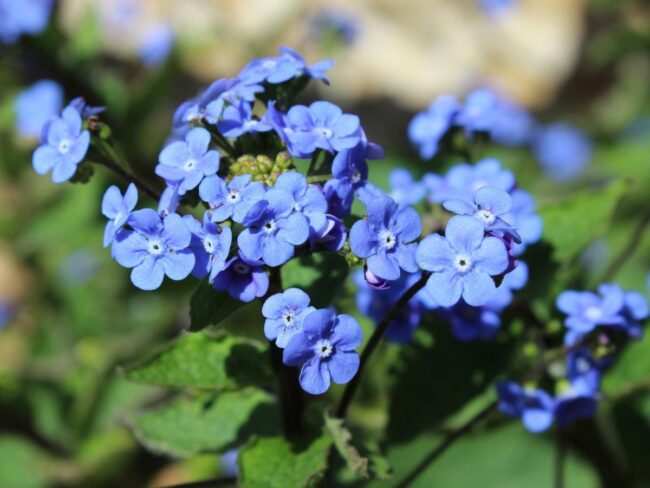
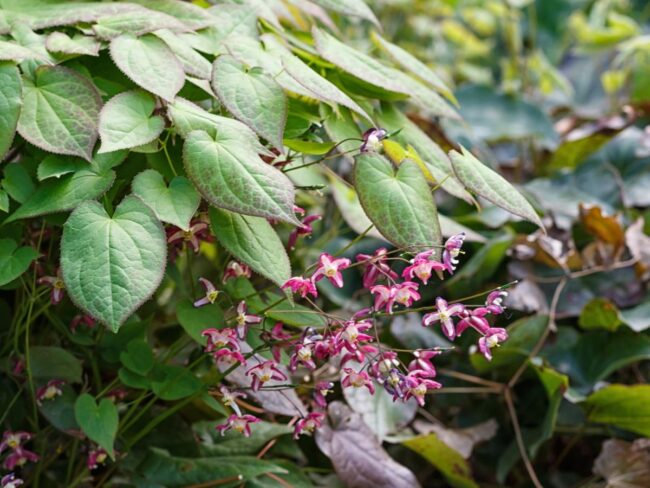
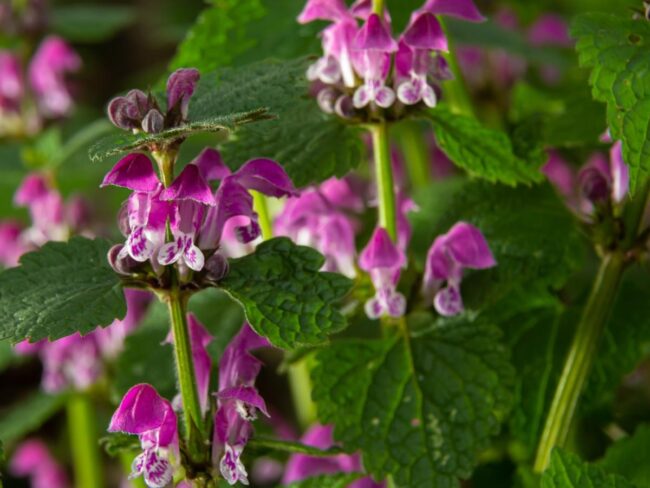
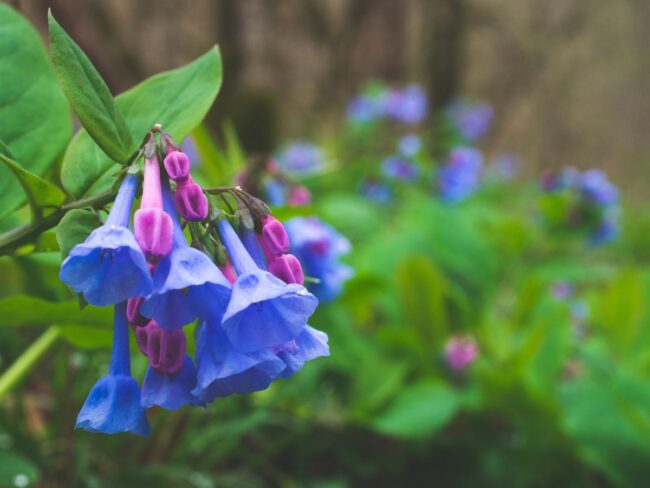
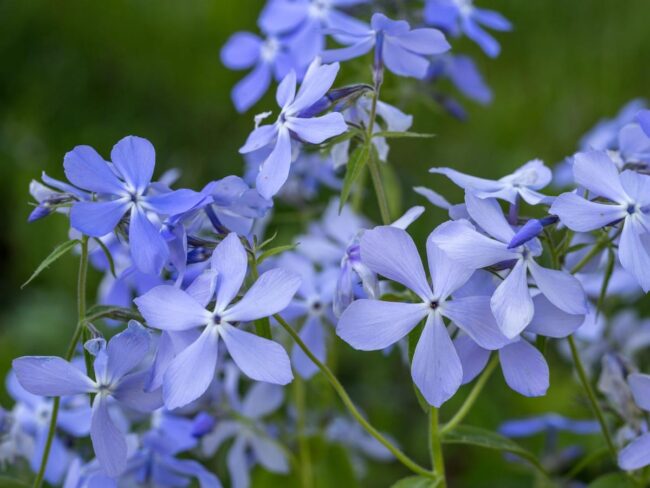
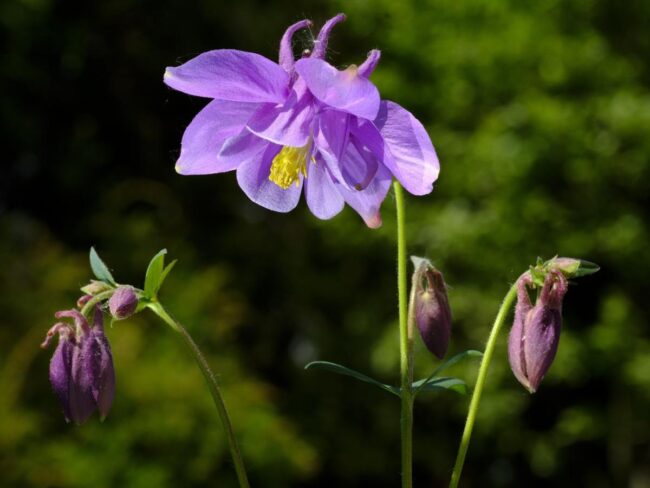
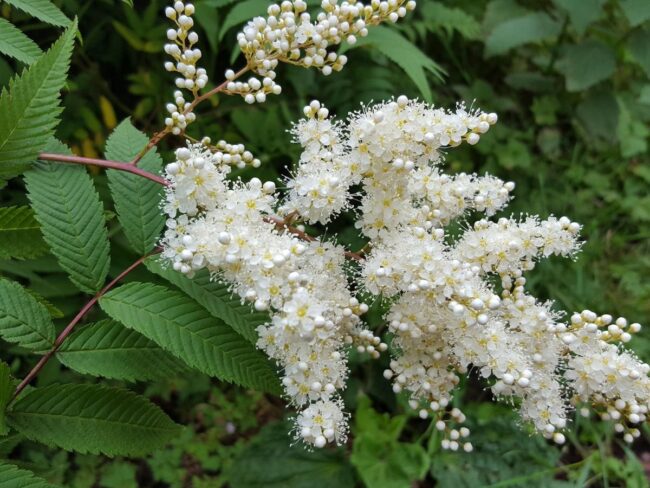
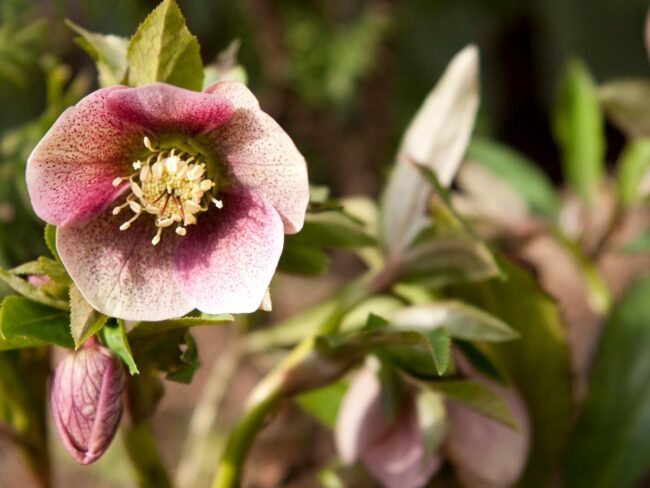
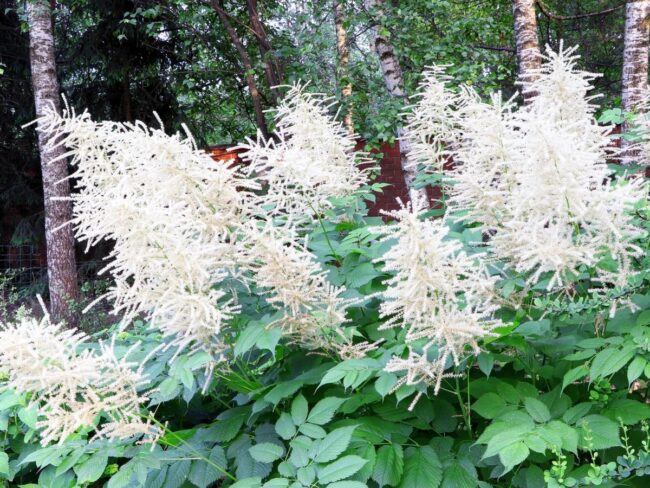
Liam Patel
Senior Editor & DIY Craftsman
Expertise
DIY home decor, interior design, budget-friendly styling, sustainable upcycling, creative crafting, editorial writing
Education
Pratt Institute, Brooklyn, NY
Liam Patel is the Senior Editor at Archeworks.org, where he shares creative DIY and home decor ideas. With a degree in Interior Design and years of experience in home styling, Liam focuses on easy, budget-friendly projects that make spaces personal and beautiful.
Liam’s tutorials, styling tips, and affordable solutions help readers design homes they love. He believes decorating is about self-expression and encourages everyone to embrace the joy of creating.